Via elearninginfographic, Laurent Picard
Get Started for FREE
Sign up with Facebook Sign up with X
I don't have a Facebook or a X account

 Your new post is loading... Your new post is loading...
 Your new post is loading... Your new post is loading...

Marisa Maiocchi's curator insight,
June 26, 2014 7:13 AM
Muy buena presentación del uso adecuado de Twitter para Profesionales con recomendaciones útiles sobre cómo proceder en distintas circunstancias.

Laurence Tranchand Granger's curator insight,
March 15, 2014 6:29 AM
When the librarian becomes the information literacy teacher. |

Marta Torán's curator insight,
February 7, 2015 4:33 AM
Tony Bates plantea qué debemos preguntarnos para elegir la metodología de enseñanza más adecuada (presencial, on-line, blended...)
Muy bueno

Marta Torán's curator insight,
October 8, 2013 4:17 AM
Un artículo sobre las ventajas de utilizar humanoides 3D para ilustrar cursos eLearning.
Son neutros, Son variados. Representan bien conceptos abstractos. Puedes comprar un pack para un personaje determinado. Fáciles de montar. Se pueden "colorear". Puedes cambiar el fondo, No tienen expresión. Puedes hacer uso del humor. |



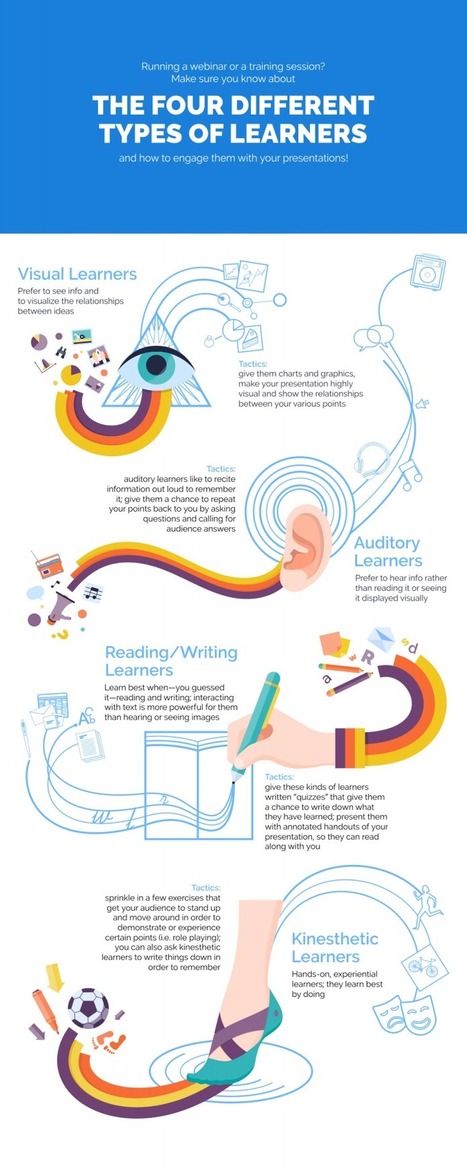








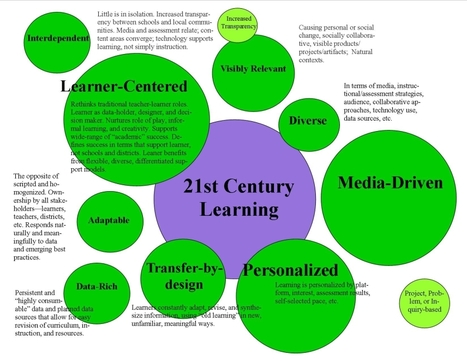





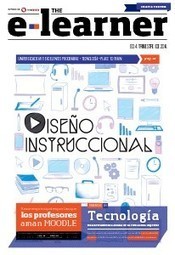

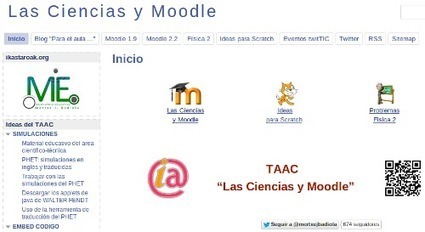
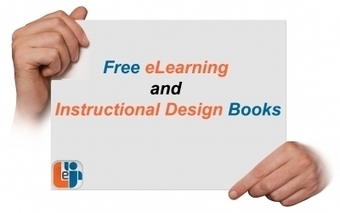
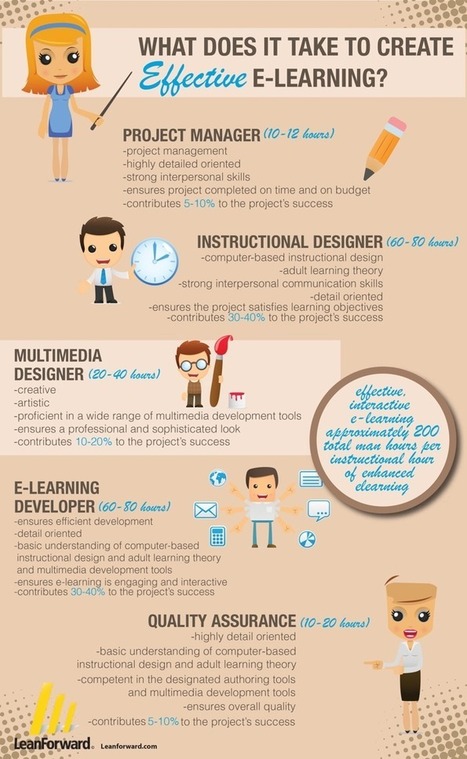






Through these article you will understand each particularity depending of the type of learner and which content is better for each one. It provides useful tips and explanations.